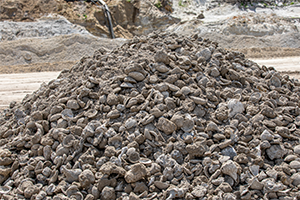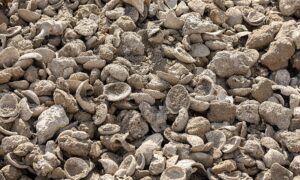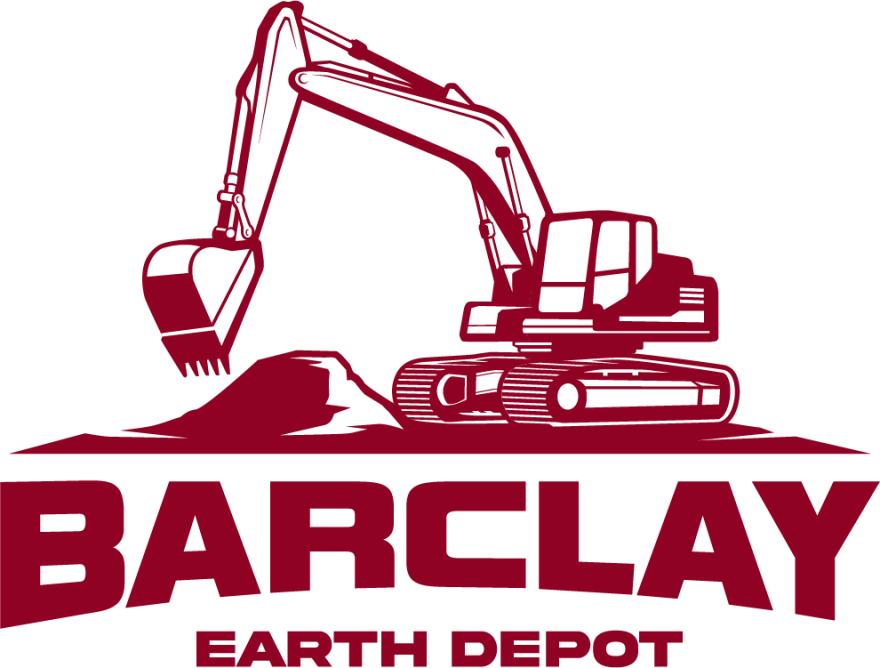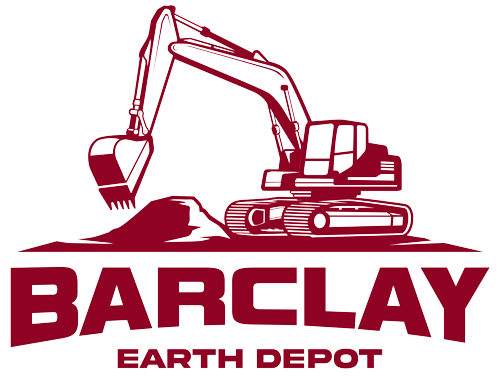 Concrete is a common building material whose versatility and availability have made it indispensable for all types of construction and is one of the most extensively utilized man-made materials in terms of volume. Many studies have been conducted in an attempt to substitute the concrete constituents entirely or partially with waste elements found in our environment.
Concrete is a common building material whose versatility and availability have made it indispensable for all types of construction and is one of the most extensively utilized man-made materials in terms of volume. Many studies have been conducted in an attempt to substitute the concrete constituents entirely or partially with waste elements found in our environment.
The constant demand for environmental preservation and maximum raw material use, in the pursuit of sustainable development, pushed civil engineers to focus on developing structures that meet serviceability criteria while also considering the environmental impact of their projects. For years, researchers have been experimenting with the re-use of solid wastes in cement-based materials which decreases the quantity of waste dumped in landfills and benefits the environment.
What Is Shell Aggregate?
For thousands of years, shells have been used as ornaments, currency and tools. They are the robust exoskeletons that protect and support the bodies of sea mollusks such as bivalves, chitons and snails. The shell is mostly composed of calcium carbonate and is made up of multiple layers of microstructures with varying mechanical qualities, such as hardness and strength. Considerable research has tested these qualities, with the goal of finding benefits in other areas. In addition to their strength, the majestic form, vibrant hues and abundance of shells make them a valuable resource as an alternative aggregate material.
Mussels, scallops, oyster shells, cockleshells and periwinkle shells are among the several types of waste shells. Many of these waste shells, due to their volume, are considered a serious disposal problem. Oyster shells are abundant in countries including China, Taiwan and South Korea where their environmental impact can be significant.
Various physical, mechanical and chemical properties of shells such as cockle or blood clam (Anadara granosa), oyster, periwinkle shells, mussels, scallops, crepidula shells and conch shells have been studied previously as a sand replacement, partial and total coarse aggregate replacement, filler and cement replacement. This has been studied in the forms of complete, crushed, ground or powder.
 The waste oyster shells filled material pores, reduced absorption and delivered a comparable strength to the standard regulated concrete mix as a sand replacement. To avoid further deterioration in compressive strength, it was suggested that 5% shell be replaced.
The waste oyster shells filled material pores, reduced absorption and delivered a comparable strength to the standard regulated concrete mix as a sand replacement. To avoid further deterioration in compressive strength, it was suggested that 5% shell be replaced.
Due to acceptable adhesion between the shell and the cement paste, mixing oyster shells did not result in a substantial drop in compressive strength. The permeation properties of crushed shells are superior to those of concrete without shells. This is due in part to the morphologies and arrangement of the mixture, which may lower the tortuosity of concrete pores.
Crushed shells were used as a coarse aggregate replacement, resulting in a low-strength, lightweight concrete that is better suited for low-strength applications such as for concrete pavers. Because of the increased entrapped air in concrete, using crushed queen scallop shells as an aggregate alternative could reduce mechanical qualities and increase porosity.
Uncrushed cockleshells could partially substitute aggregate with an increase in compressive strength of up to 20% over conventional concrete. Because of the size, shape and texture of the shells, it has a low workability.
Using powdered shells as a partial cement replacement is less practical, as the manufacturing of shell powder requires significant energy to burn and grind the shells into the necessary fine grain powder. Until recently, there had not been many studies on the mechanical characteristics of concrete as affected by the use of ground shells.
Cement was partially substituted by the ground cockle in one study by 5-50 percent. Ground cockleshells contain 95-99 percent calcium carbonate (CaCO3), which can be used as a concrete filler. A cement substitution of more than 15% by weight, on the other hand, can reduce the strength, permeability and porosity of concrete for up to 28 days.
Recycling Shells
Shells have been recycled for their characteristics in the construction industry for a variety of reasons. Ground shells have been used to substitute fine aggregate, resulting in self-compacting concrete; a self-compacting mortar has been developed in a study in which sand was completely replaced with shell.
The authors determined that the mortar flowed well without being vibrated and that no bleeding or segregation could be detected. At 28 days, the entire replacement of sand with shell resulted in a small reduction in modulus of elasticity and compressive strength. Shells have also been used as additives in the production of cement.
Contact Us Today
If you are in need of or have questions about professional-grade shell aggregate, we will help you understand how it can potentially work in any project you are planning. Contact our team of professionals at Barclay Earth Depot for more information and pricing options.

